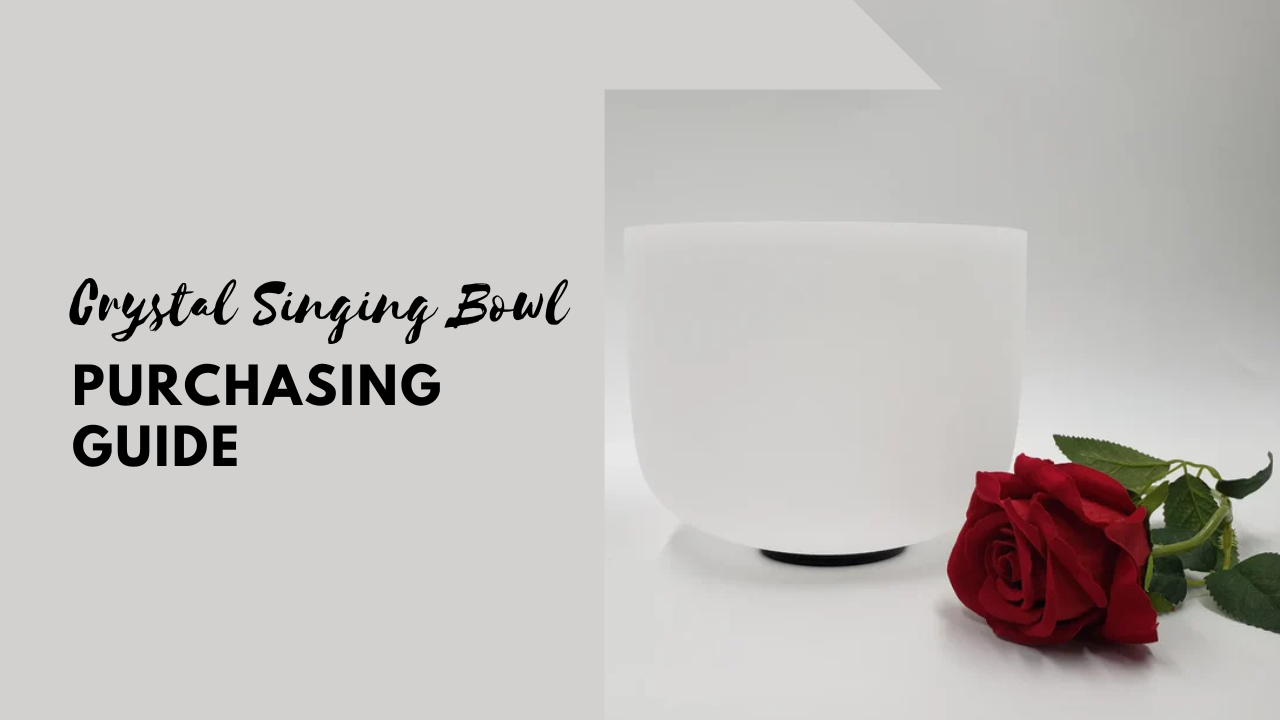Discover the transformative power of vibration and harmony in your wellness journey. Whether you're new to energy work or deepening your healing practice, understanding the Four Principles of Sound Healing can open new pathways to balance, clarity, and inner peace.
These guiding concepts reveal how sound shapes our physical, emotional, and energetic well-being—unlocking the ancient wisdom that lives in every tone, rhythm, and frequency. Ready to tune in?
Lets Start.
Four Principles of Sound Healing
- Everything is Vibration
- Intention Directs Energy
- Entrainment Creates Harmony
- Sound Transforms Consciousness
Everything is Vibration
At the core of sound healing is the understanding that everything in the universe, including our bodies, is in a state of vibration. Every organ, bone, and cell emits its own natural frequency. When we are in good health, these frequencies are in harmony. Illness or emotional distress can cause these vibrations to fall out of tune. Sound healing works by introducing pure, harmonious frequencies that help bring the body back into alignment.
Intention Directs Energy
Sound is not just a mechanical vibration—it carries consciousness. The intention behind the sound plays a vital role in the healing process. When sound is created or received with love, compassion, or a specific healing goal in mind, its impact becomes amplified. This is why mantras, affirmations, and mindful playing of instruments like singing bowls are so powerful in healing practices.
Entrainment Creates Harmony
Entrainment refers to the natural phenomenon where two rhythmic systems begin to synchronize. In sound healing, this means our brainwaves, heart rate, and breath can align with external sound frequencies. When exposed to a calming, rhythmic sound—such as a crystal bowl tone or gentle drumming—our nervous system begins to match that rhythm, promoting relaxation, reduced stress, and overall coherence.
Sound Transforms Consciousness
Sound can shift our awareness and elevate our state of consciousness. Certain frequencies have the power to calm the mind, release emotional blockages, and even induce meditative or trance-like states. As we attune to these sounds, we often experience clarity, emotional release, and a sense of connection to something greater.
Sound healing is an ancient yet increasingly popular practice that uses sound frequencies to promote healing, balance, and inner harmony. The Four Principles of Sound Healing provide the foundation for understanding how and why sound affects our physical, emotional, mental, and energetic well-being.
Also Read: How To Be More Mindful? 9 Ways
How Sound Healing Works
Sound healing works by using specific vibrations and frequencies to bring the body, mind, and energy into a state of balance. Since everything in the body vibrates, introducing harmonious sounds—such as those from crystal singing bowls, tuning forks, or vocal tones—can help retune areas that are out of sync due to stress, illness, or emotional imbalance. These sounds stimulate the body’s natural healing processes by promoting deep relaxation, reducing anxiety, and calming the nervous system.
Through a phenomenon called entrainment, our brainwaves and heart rate begin to synchronize with the steady, healing rhythms, leading to enhanced mental clarity and inner peace. When combined with clear intention, sound becomes a powerful tool for clearing energetic blockages, restoring harmony, and elevating consciousness. In essence, sound healing allows us to reconnect with our natural state of well-being—gently and effectively.
Also Read: Bija Mantra: Discovering the Sacred Energy of Bija Mantras
History Of Sound Healing
Sound healing has ancient roots that have evolved into modern practices in the United States. While the origins of sound healing come from various global traditions—such as ancient Egypt, Greece, and Indigenous cultures—its integration into Western wellness began gaining momentum in the 20th century.
In the U.S., pioneers like Dr. Alfred Tomatis and Jonathan Goldman explored how sound affects the brain and body, leading to new therapeutic approaches. The rise of holistic health in the 1970s brought increased interest in vibrational healing, meditation, and energy work. Today, sound healing in the U.S. includes the use of crystal singing bowls, tuning forks, gongs, and voice work, often combined with yoga, meditation, and energy therapy.
This blend of ancient wisdom and modern science has helped sound healing become a respected and growing part of the American wellness movement, offering people new ways to relax, restore, and reconnect.
Also Read: 440Hz or 432Hz Crystal Singing Bowl - What To Buy?
Is Sound Healing Suitable For Both Males And Females?
Yes, sound healing is suitable for both males and females. It is a universal practice that works with the body’s natural energy and vibration, regardless of gender. Sound healing supports physical, emotional, and mental well-being by promoting relaxation, reducing stress, and balancing energy centers. Since it works on a vibrational level, it does not require any specific belief system, age, or gender identity to be effective.
Whether you're male or female, your body and mind respond to frequency, rhythm, and resonance in similar ways—through calming the nervous system, quieting the mind, and encouraging self-healing. People of all genders have reported benefits such as improved sleep, emotional release, mental clarity, and a greater sense of peace after sound healing sessions. It’s an inclusive and gentle practice that supports anyone seeking inner harmony and well-being.
Does sound healing have negative impacts on the body?
Sound healing is generally considered safe and non-invasive, with no known negative impacts on the body for most people. It uses gentle vibrations and soothing frequencies that promote relaxation and balance.
However, individuals with sound sensitivity, certain neurological conditions, or those prone to seizures should consult a healthcare provider before participating. Loud or intense sounds may also cause discomfort for some.
When practiced mindfully and at appropriate volumes, sound healing is a safe and supportive tool for well-being. Listening to your body and working with a trained practitioner can help ensure a positive experience.
Who Should Not Do & Who Shoud Do Sound Healing?
Sound healing is beneficial for most people, including those seeking stress relief, emotional balance, or deeper meditation. It's especially helpful for individuals dealing with anxiety, insomnia, or energy imbalances.
However, those with sound sensitivity, epilepsy, severe mental health conditions, or implanted medical devices like pacemakers should consult a healthcare professional before trying it. Pregnant individuals may also want to check with their doctor, especially during the first trimester. When practiced safely, sound healing is a gentle, inclusive therapy that can support overall well-being for a wide range of individuals.
Also Read: Solfeggio Frequencies
Conclusion
Incorporating the Four Principles of Sound Healing into your wellness journey can create profound shifts in your body, mind, and spirit. By understanding vibration, intention, entrainment, and the power of sound to transform consciousness, you open the door to deeper healing and inner harmony. Whether you're new to this practice or expanding your knowledge, the Four Principles of Sound Healing offer a timeless guide to restoring balance and reconnecting with your true self. Let sound be your ally in creating peace, clarity, and alignment from within.





Leave a comment
This site is protected by hCaptcha and the hCaptcha Privacy Policy and Terms of Service apply.